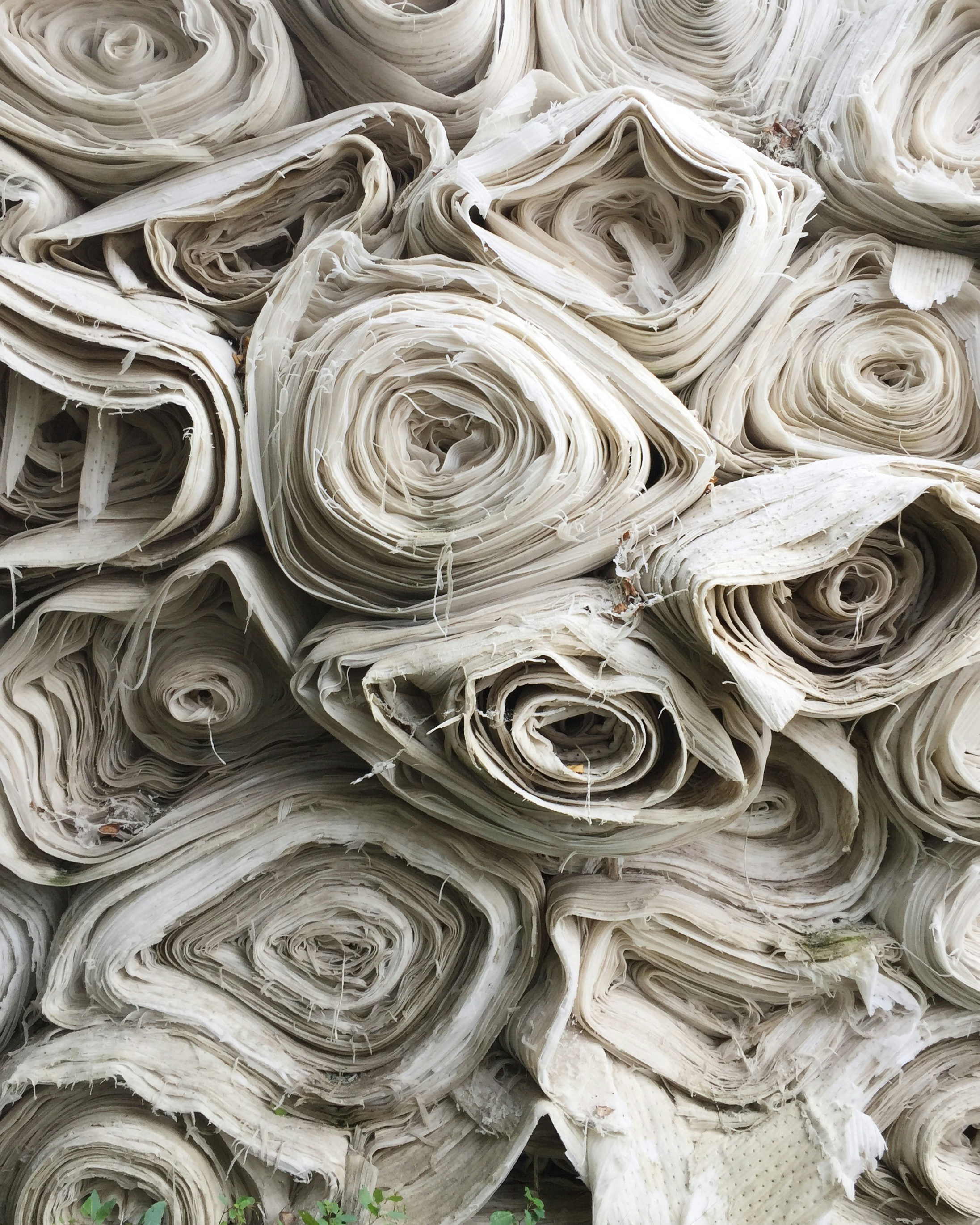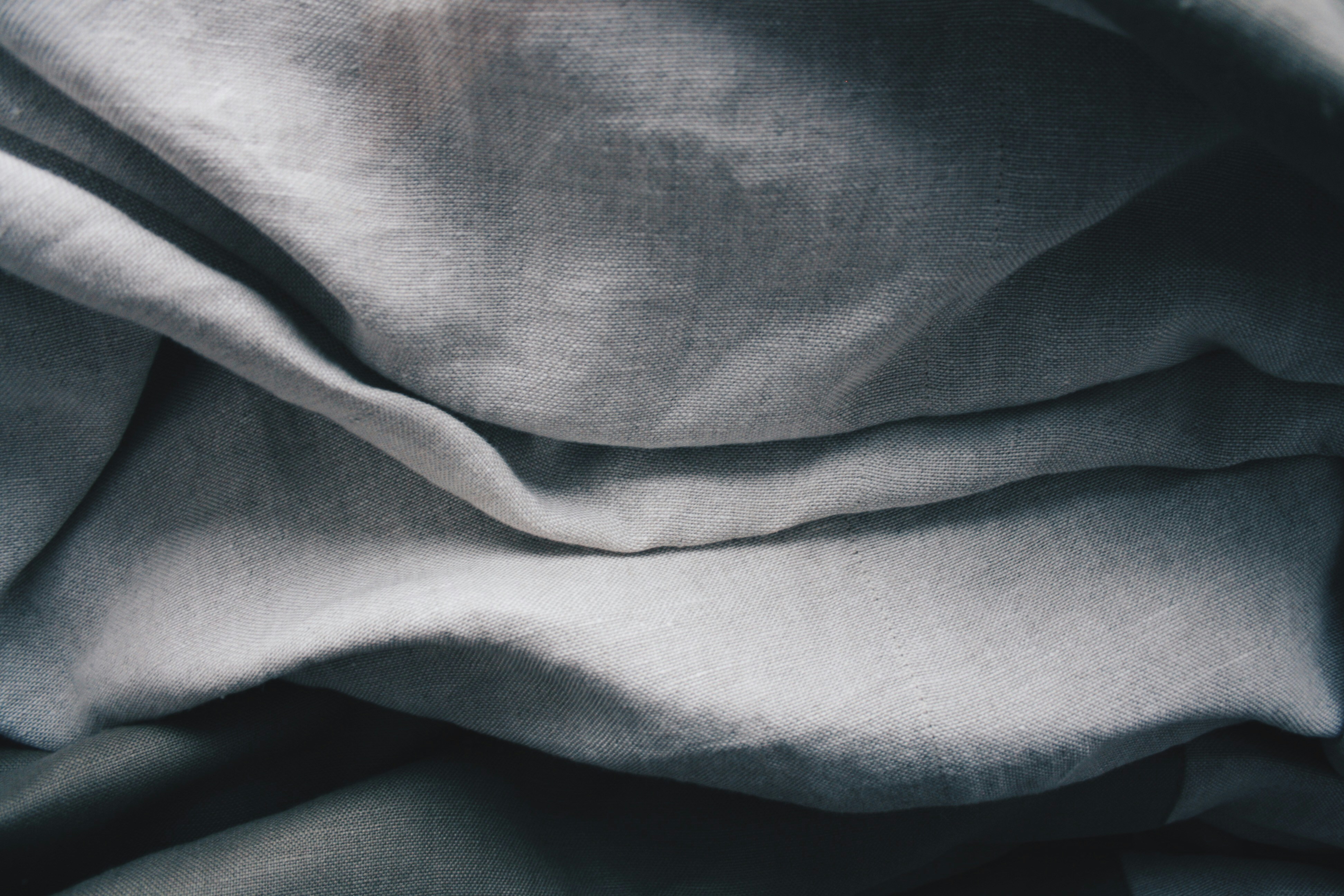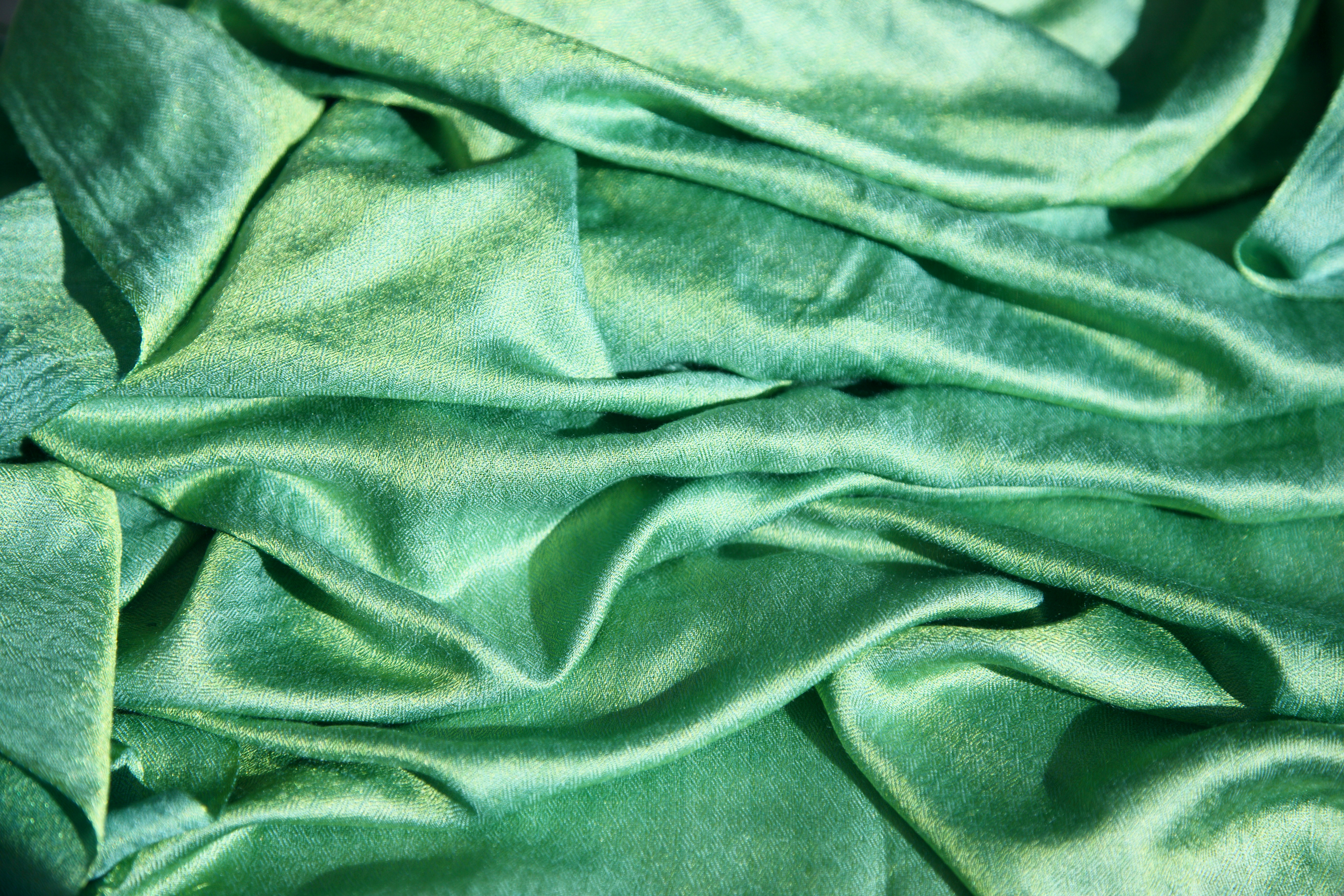The Science Behind Stain Protection
The Science Behind Stain Protection
Stain protection service technology is a crucial aspect of material maintenance. It’s a science that combines chemistry, physics, and technology to safeguard our belongings from unsightly stains.
Stain protection is a blend of chemistry, physics, and technology that shields fabrics, carpets, and upholstery from marks and stains.
This advanced science works at the molecular level, using surface tension and hydrophobic properties to repel stains efficiently.
Here we will primarily concentrate on stain protection, exploring its fundamental concepts, related technologies, and the latest advancements.
This article is for homeowners, cleaning professionals, or anyone interested in learning about maintenance.
But what exactly is the science behind stain protection?
How do materials repel stains at the molecular level?
Stain protection technology is a multifaceted field that requires a deep understanding of scientific principles to be truly effective.
Understanding how stain protectors interact with materials at a molecular level helps us comprehend the intricate processes involved.
These protectors are designed to create a barrier at a molecular level, preventing stains from penetrating the material. The quality of the protective layer is crucial, as it determines the durability and effectiveness of the treatment.
Choosing high-quality stain protection products is crucial for long-lasting results and optimal maintenance.
Join us now as we unravel the fascinating world of stain protection. Let’s dive into the science that keeps our world clean and vibrant.
The Fundamentals of Stain Protection
Stain protection is a fascinating field that combines various scientific principles. It’s not just about applying a product to a material. It’s about understanding the interactions between substances at a molecular level.
The key to stain protection lies in the concept of surface tension.
Understanding Surface Tension and Hydrophobic Properties
Surface tension in liquids makes them act like they have an elastic layer on their surface.
Stain protectors increase surface tension, creating a barrier that hinders liquid absorption into the material.
Surface tension helps prevent stains on the material by repelling spills and accidents.
The term ‘hydrophobic properties’ describes the capacity of a material to resist water.
Hydrophobic stain protectors increase surface tension and repel water to enhance their stain-repelling abilities.
Increased surface tension and water-repellency of stain protectors effectively safeguards fabrics from unsightly marks.
Molecular Mechanisms of Stain Repellency
Stain protectors bond with materials to create a protective layer that repels stains at a molecular level.
This protective layer consists of tightly packed molecules that form a barrier, preventing stains from penetrating the material. The quality of the stain protector is crucial as it determines the durability and effectiveness of the treatment.
Understanding these molecular mechanisms is crucial for grasping the science of stain protection, honed through extensive research.
But how exactly do stain protectors work at a molecular level? The answer lies in the structure of the molecules that make up the stain protector.
The design of these molecules enables them to adhere to the material they are applied on.
Once bonded, they create a protective layer that repels stains.
This protective layer is made up of tightly packed molecules. These molecules create a barrier that prevents stains from penetrating the material.
One specific example of a stain protector is a fluorochemical-based treatment. Fluorochemicals are highly effective at repelling stains due to their unique molecular structure and properties.
Molecular Structure
The molecular structure of a fluorochemical stain protector consists of a carbon chain with fluorine atoms attached. The fluorine atoms create a hydrophobic surface, meaning they repel water and other liquids. This water-repellency is key to the stain-repelling abilities of the protector.
Fluorochemical-based stain protector reacts chemically with fabric or upholstery when applied.
This reaction results in the formation of a protective barrier.
During the reaction, the fluorochemical molecules bond with the fibers or surface of the material.
Fluorochemical carbon chains attach to the material, and fluorine atoms create a surface coating.
This protective barrier is formed through a process called adsorption.
On the surface of the material, fluorochemical molecules arrange themselves. The carbon chain attaches to the material while the fluorine atoms form a low-energy surface.
This surface reduces surface tension, making it hard for stains to penetrate and stick.
Instead, the stains remain on the surface, making them easier to clean and remove.
The formation of this protective barrier is crucial for the effectiveness of the stain protector. It creates a molecular shield that repels liquids and prevents them from seeping into the material and causing stains.
Overall, the molecular structure and chemical reactions involved in fluorochemical-based stain protectors allow for the formation of a durable and effective protective barrier. This barrier repels stains and helps to maintain the cleanliness and appearance of the treated material.
The effectiveness of this barrier depends on the quality of the stain protector. High-quality protectors form a strong, durable barrier that can withstand regular wear and tear.
Understanding these molecular mechanisms is key to appreciating the science behind stain protection. It’s a complex process that’s been refined over years of research and development.
Nanotechnology and Stain Protection
Nanotechnology has revolutionized many industries, and stain protection is no exception. It has opened up new possibilities for creating highly effective stain protectors.
Nanotechnology involves manipulating materials at an atomic or molecular scale. In the context of stain protection, it allows for the creation of ultra-thin, yet robust protective layers.
These nano-scale layers are incredibly efficient at repelling stains. They’re also durable, able to withstand regular use without degrading.
The use of nanotechnology in stain protection is a testament to the power of science. It’s a perfect example of how advanced technology can enhance everyday products.
The Role of Nanotechnology in Advanced Treatments
Nanotechnology plays a crucial role in advanced stain protection treatments. It allows for the creation of treatments that are more effective and longer-lasting than traditional ones.
These advanced treatments work by forming a nano-scale protective layer on the material. This layer is so thin that it’s virtually invisible, yet it’s incredibly effective at repelling stains.
The nano-scale layer is also highly durable. It can withstand regular wear and tear, making it ideal for high-traffic areas.
The use of nanotechnology in stain protection treatments is a game-changer.
It’s advancing the creation of better and longer-lasting stain protectors.
Comparing Stain Protection Technologies
Stain protection technologies have evolved significantly over the years. Today, we have a wide range of options to choose from, each with its own strengths and weaknesses.
Some technologies rely on synthetic chemicals to repel stains. These are often highly effective, but they may have environmental and health implications.
On the other hand, there are natural stain repellents. These are typically less effective but are generally safer and more environmentally friendly.
The choice between these technologies often comes down to a trade-off between effectiveness and environmental impact.
Natural vs. Synthetic Stain Repellents
Natural stain repellents are derived from plant or animal sources. They work by creating a barrier that prevents stains from penetrating the material.
However, natural repellents often lack the durability and effectiveness of their synthetic counterparts. They may need to be reapplied more frequently to maintain their stain-repelling properties.
Synthetic stain repellents, on the other hand, are typically more effective and longer-lasting. They’re engineered to provide superior stain protection, often at a molecular level.
However, synthetic repellents can contain chemicals that may be harmful to the environment or human health. It’s important to use them responsibly and in well-ventilated areas.
Environmental Impact and Eco-Friendly Alternatives
The environmental impact of stain protection treatments is a growing concern. Many traditional treatments contain chemicals that can be harmful to the environment.
These chemicals can leach into the environment during production, use, or disposal. They can contaminate water sources and harm wildlife.
Fortunately, there are eco-friendly alternatives available. These treatments use natural or biodegradable ingredients that are less harmful to the environment.
While these alternatives may not be as effective as traditional treatments, they offer a more sustainable option. They’re a testament to the industry’s commitment to reducing its environmental footprint.
Application and Effectiveness Across Materials
Stain protection treatments can be applied to a variety of materials. The effectiveness of these treatments can vary depending on the material.
For instance, some treatments work well on natural fibers like cotton and wool. Others are more effective on synthetic materials.
The application process also varies. Some treatments require professional application, while others can be applied at home.
Fabric, Carpet, and Upholstery Applications
Fabric stain protection is commonly used on clothing and upholstery. It works by preventing stains from setting in, making them easier to clean.
Carpet stain protection is also popular. It can help to prolong the life of your carpet by preventing stains from penetrating the fibers.
Upholstery stain protection is particularly useful for furniture. It can help to keep your furniture looking new for longer.
However, not all stain protection treatments are suitable for all materials. It’s important to choose a treatment that is compatible with the material you’re treating. Stain treatment and stain protection are essential for maintaining the longevity and beauty of our furnishings.
Applying efficient stain guard methods to fabrics, carpets, upholstery, and rugs, safeguards these coverings from unattractive stains.
Rug Stain Protection
One common application of stain protection is for rugs. Rugs often bear the brunt of heavy foot traffic, making them prone to spills and stains.
This treatment protects rugs and simplifies cleaning and maintenance.
When it comes to furniture, stain protection is of utmost importance. Whether it’s a luxurious sofa or a cherished dining chair, furniture stain protection helps maintain its pristine condition. This barrier ensures that any spills or accidents can be easily wiped away, without leaving behind stubborn stains.
It’s important to note that stain guard treatments are available in various forms, including sprays, foams, and specialized coatings.
Stain protection technology is a multifaceted field that requires a deep understanding of scientific principles to be truly effective. These protectors are designed to create a barrier at a molecular level, preventing stains from penetrating the material. The quality of the protective layer is crucial, as it determines the durability and effectiveness of the treatment. Choosing high-quality stain protection products is crucial for long-lasting results and optimal maintenance.
The selection of the stain protection technique is based on the particular furniture material and individual preference.
Whichever option you choose, ensure that the product is specifically designed for furniture stain protection to ensure optimal results.
Adding stain treatment and protection to your furniture care routine is a smart investment for long-term benefits.
Remember, furniture stain protection is an effective way to prolong the life of your beloved pieces and maintain their impeccable appearance. So, don’t forget to include this essential step in your furniture maintenance routine.
Longevity and Durability Considerations
The longevity and durability of stain protection treatments can vary. Some treatments offer long-lasting protection, while others may need to be reapplied regularly.
Factors such as wear and tear, exposure to sunlight, and regular cleaning can affect the longevity of the treatment.
It’s also important to note that no stain protection treatment is completely infallible. Even the best treatments can’t prevent all stains.
However, a good stain protection treatment can significantly reduce the likelihood of stains setting in. It can also make stains easier to clean when they do occur.
Professional Services vs. DIY Stain Protection
When it comes to stain protection, you have two main options. You can hire a professional service, or you can do it yourself.
Professional services have the advantage of expertise. They know how to apply the treatment correctly to ensure maximum effectiveness.
On the other hand, DIY stain protection can be more cost-effective. It also allows you to treat your materials at your own convenience.
However, DIY treatments can be risky if not done correctly. It’s important to follow the instructions carefully to avoid damaging your materials.
The Benefits of Expert Stain Protection Services
Professional stain protection services offer several benefits. First, they have the knowledge and experience to apply the treatment effectively.
They also have access to professional-grade products. These products may be more effective than the ones available to consumers.
Professional services can also save you time. Applying a stain protection treatment can be a time-consuming process, especially for large items like carpets and furniture.
Moreover, professional services often offer warranties. If the treatment doesn’t work as expected, they may offer to re-treat the item for free.
Finally, professional services can provide advice on how to maintain the treatment. This can help to prolong its effectiveness.
DIY Stain Protection: Pros, Cons, and Precautions
DIY stain protection can be a good option for those on a budget. It’s generally cheaper than hiring a professional service.
It also allows you to treat your materials at your own pace. You can apply the treatment whenever it’s convenient for you.
However, DIY treatments come with risks. If not applied correctly, they can damage your materials.
It’s also important to choose the right product. Not all stain protection treatments are suitable for all materials.
Finally, remember to test the treatment on a small, inconspicuous area first. This can help to prevent any unexpected reactions.
The Future of Stain Protection
Stain protection technology is constantly evolving. New advancements are being made to improve the effectiveness and safety of these treatments.
One area of research is the development of smart textiles. These materials can respond to changes in their environment, such as the presence of a stain.

by Ethan Bodnar
Another promising field is the creation of multi-functional coatings. These treatments could offer additional benefits beyond stain resistance, such as antimicrobial properties.
Despite these advancements, it’s important to remember that no treatment is perfect. Regular cleaning and maintenance will always be necessary to keep your materials looking their best.
Innovations and Advancements on the Horizon
Looking ahead, we can expect to see even more innovations in stain protection technology. For example, researchers are exploring the use of nanotechnology to create extremely water-repellent surfaces.
These surfaces are extremely resistant to water and other liquids. This could make them highly effective at preventing stains.
Another area of research is the development of eco-friendly treatments.
These products are created to provide effective stain protection, while also safeguarding the environment.
There’s also the potential for new application methods. These could make the process of applying a stain protection treatment easier and more efficient.
Finally, we may see the integration of stain protection into the manufacturing process. This could make stain-resistant materials more widely available and affordable.




